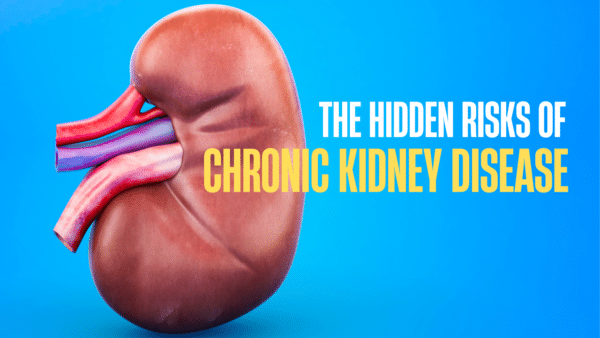Sinus infections, often mistaken for a severe cold, are a significant health concern requiring a different treatment approach. This guide delves deep into the intricacies of sinus infections, providing a comprehensive overview of their causes, diagnosis, and treatment options.
Understanding Sinus Infections
Sinus infections occur when the sinuses, air-filled cavities in the skull, become inflamed due to bacterial, viral, or fungal infections. The inflammation may lead to symptoms such as nasal congestion, facial pain, and a thick, discolored nasal discharge.
Diagnosing Sinus Infections
Key Indicators
When diagnosing a sinus infection, medical professionals look for several key indicators:
- Redness: An inflamed nasal passage often appears redder than usual.
- Swelling: The nasal tissues may be swollen, causing discomfort.
- Tenderness: The face, especially around the nose and eyes, may be tender to touch.
- Discolored Nasal Discharge: A greenish nasal discharge is a common symptom.
- Bad Breath: Sinus infections can lead to persistent bad breath.
Advanced Diagnostic Procedures
If a sinus infection persists for more than eight weeks or doesn’t respond to standard antibiotic treatment, further diagnostic procedures may be necessary:
- Sinus CT Scan: This imaging test helps in understanding the extent of the infection.
- Nasal Examination: A long, thin, and flexible tube that has a camera is inserted through the nose to examine the sinus openings.
- Mucus Cultures: These determine the causative agent of the infection, be it bacteria or fungus.
- Biopsies: In rare cases, biopsies of the sinus tissue or bone may be required to check for specific conditions or the penetration of fungi into the bone.
Treatment Options for Sinus Infections
Antibiotics
Antibiotics are the primary treatment for bacterial sinus infections. The antibiotic treatment can range from 3 to 28 days, depending on the severity of the infection. However, it’s crucial to use antibiotics judiciously to prevent antibiotic resistance.
Nasal Decongestant Sprays
These sprays can be beneficial for short-term relief, shrinking swollen nasal passages, and facilitating sinus drainage. However, prolonged use can lead to a rebound phenomenon where the nasal passages swell shut.
Antihistamines
Antihistamines are effective in reducing inflammation caused by allergic reactions, which can lead to sinus infections.
Nasal Corticosteroids
Prescription nasal sprays that prevent and reverse inflammation in the nasal passages are highly effective in treating sinus infections. They also help in shrinking nasal polyps and can be used long-term without adverse effects.
Nasal Saline Washes
Nasal rinses may help clear thickened secretions from the nasal passages, providing relief from congestion.
Surgery
In cases where drug therapies are ineffective, surgery may be recommended. Surgical procedures can correct anatomical defects, remove nasal polyps, and open up closed passages.
In conclusion, sinus infections are a prevalent health concern requiring a comprehensive diagnosis and treatment approach. Individuals should make informed decisions about their health and well-being by understanding the various symptoms and treatment options.

